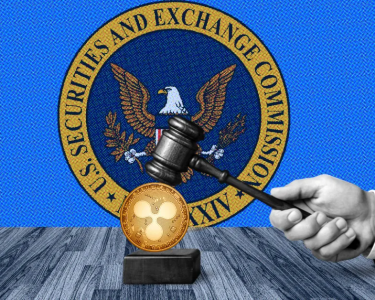The rise of social media platforms like Instagram and search engines like Google has fundamentally changed the way people interact with each other and the world around them. However, as these digital spaces continue to grow, so too do concerns about online safety, particularly for children.
Recently, both Instagram and Google have come under fire for their inability to protect children from harmful content and online predators. In the UK, the NSPCC (National Society for the Prevention of Cruelty to Children) has called on the government to take action against tech companies that fail to protect children from online abuse. The NSPCC’s call to action comes after a survey conducted by the charity found that one in seven children had been contacted online by an adult that they did not know.
Instagram, which is owned by Facebook, has been criticized for its handling of child safety issues, particularly its failure to remove harmful content and accounts. In February 2021, Instagram announced that it would disable the accounts of users who repeatedly send abusive messages to others on the platform, but critics argue that this move doesn’t go far enough to protect young users.
Meanwhile, Google has faced criticism for its role in promoting harmful content to children. A report by the BBC found that YouTube, which is owned by Google, was recommending videos that were inappropriate for children, including conspiracy theories and extremist content. The report also found that YouTube’s algorithm was recommending these videos even after being alerted to the issue.
The failure of tech giants like Instagram and Google to protect children online is a growing concern for parents and child safety advocates. While these companies have made some efforts to address the issue, such as introducing age restrictions and increasing moderation of harmful content, critics argue that more needs to be done.
One solution that has been proposed is the introduction of age verification measures to prevent young children from accessing harmful content online. In the UK, the government has proposed the introduction of an age verification system for adult websites, and some have suggested that a similar system could be used to protect children on social media and search engines.
However, critics of age verification argue that it is not foolproof and could lead to the collection of sensitive data on users. Others argue that age verification is not a substitute for proper moderation and regulation of online content.
Ultimately, the responsibility for protecting children online should lie with the tech companies themselves. As these platforms continue to grow and evolve, it is crucial that they take a proactive approach to child safety, including investing in advanced moderation tools, strengthening age verification measures, and working with law enforcement agencies to identify and prosecute online predators.
In conclusion, Instagram and Google’s inability to protect children online is a growing concern that needs to be addressed by both the tech industry and governments. While age verification measures may be part of the solution, it is ultimately up to the companies themselves to take responsibility for the safety of their users, particularly vulnerable children.




